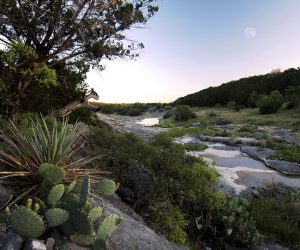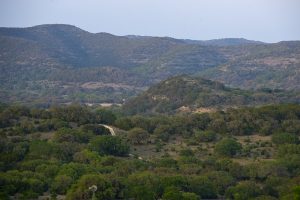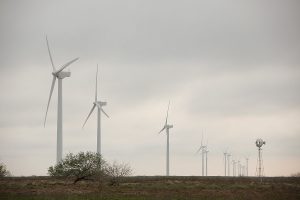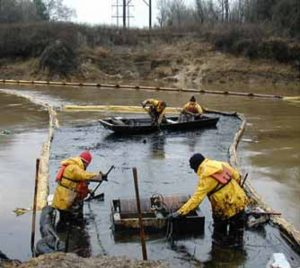Strategies for Protecting the Edwards Aquifer
Wednesday, February 27th, 2019This is Passport to Texas
Two million people – from Central to Southwest Texas – depend on the Edwards Aquifer for their drinking water.
It also supplies important water sources for industry, agriculture, recreation…a number of things.
Cindy Loeffler, water resources branch chief at Texas Parks and Wildlife, says eight federally listed endangered species call the aquifer home; some of them exist in this location only. The Edwards Aquifer Habitat Conservation Plan intends to protect them, and allow Texans’ continued use of the shared resource by implementing a mixture of strategies.
Water conservation is a key part of it…but also [part of it is] looking at different ways to manage water. For example, we do currently have different levels of conservation that kick in to action as drought increases, but also many measures to help make the ecosystems more resilient. Things like removing non-native species, [and] helping to restore habitat that’s been compromised. One notable thing, especially for folks who recreate on the San Marcos River that’s been done, is to create a state scientific area that makes it unlawful to uproot Texas Wild Rice, a federally protected plant.
It is easy to be dismissive of a plan to protect species which exist in very small numbers or that we do not often see. Tomorrow we talk about the value of these species.
The Wildlife Restoration Program supports our series.
For Texas Parks and Wildlife…I’m Cecilia Nasti.







 Passport to Texas is a
Passport to Texas is a  Passport to Texas is made available by:
Passport to Texas is made available by: